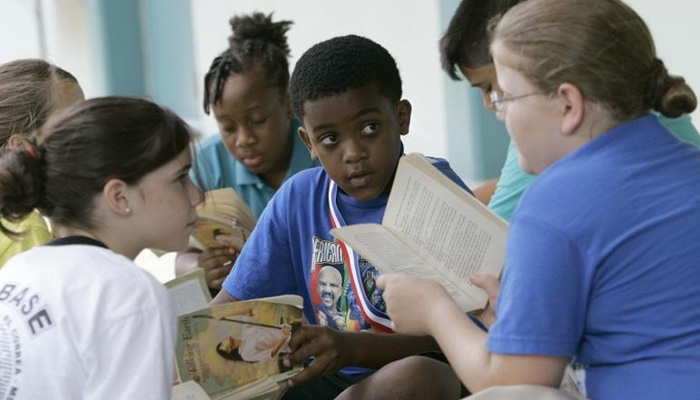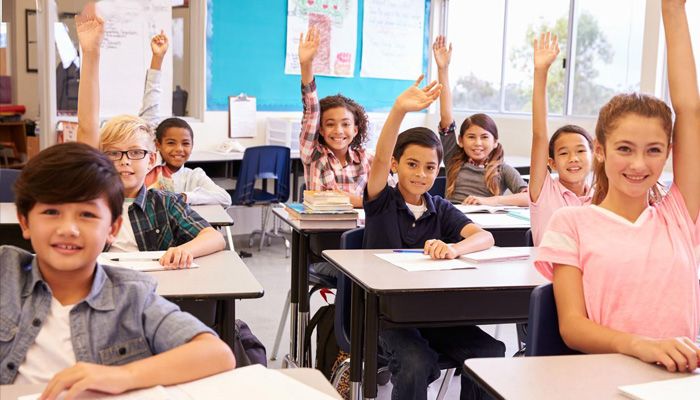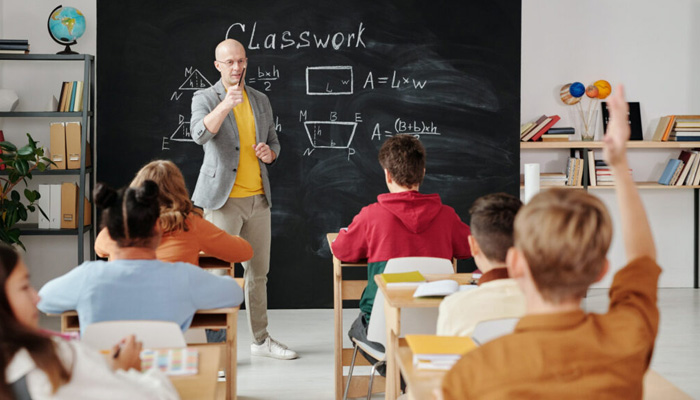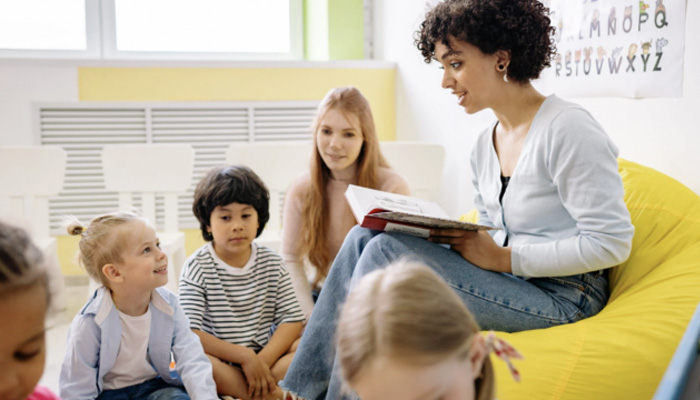
Let’s get one thing straight: no student wants to fail. No parent wants to see a red “F” on a report card. And yet, failing might just be one of the most important things a student can experience in school. Strange, right? But hear me out.
For decades, schools have focused on grades, test scores, and perfection. The message is clear: get it right the first time or you’re falling behind. But real life doesn’t work that way. Jobs, relationships, and personal growth rarely come with an answer key. Learning how to fail—and more importantly, how to bounce back—is a skill schools rarely teach but everyone needs.
1. Failing Teaches Resilience Better Than Success Ever Could

Think about it: a student aces every test without breaking a sweat. They never struggle, never stumble. Sounds great, right? Maybe on paper—but in reality, they’ve never learned how to cope with setbacks.
Failing, on the other hand, forces students to face disappointment and figure out how to recover. That process builds resilience, grit, and persistence—the same traits that help adults thrive in careers, relationships, and personal projects. It’s no coincidence that many successful entrepreneurs, scientists, and artists have a long history of failure before hitting it big.
2. It Encourages Risk-Taking and Creativity

When students are terrified of failing, they play it safe. They stick to what they know, avoid experimentation, and never push boundaries. But risk-taking is how innovation happens.
Allowing failure in the classroom encourages students to try new approaches, test different solutions, and think creatively. That messy attempt at a science experiment or the unusual angle in an essay? That’s where learning deepens. And even if the first try bombs, the student has a blueprint for improvement.
3. Failing Promotes Deeper Understanding

Here’s a little secret about learning: it sticks better when you struggle. Cognitive scientists call this “desirable difficulty.” When students wrestle with a problem, make mistakes, and figure out why their solution didn’t work, they’re actually learning more deeply than if they got the answer immediately.
Failing forces reflection. Instead of skimming over a concept, students must analyze what went wrong, ask questions, and apply new strategies. That process cements knowledge far more effectively than memorizing formulas or regurgitating information for a test.
4. Normalizing Failure Reduces Anxiety
Let’s be honest: school is stressful. Grades, standardized tests, college applications—they all create pressure that can crush curiosity and confidence. Students who see failure as catastrophic are more likely to experience anxiety, burnout, and avoidance.
By treating failure as a normal, expected part of learning, schools can remove some of that pressure. Students learn that messing up doesn’t define them—it’s just part of the journey. This mindset reduces fear, boosts self-confidence, and encourages continuous effort, even when things get tough.
5. Real-Life Skills Are Built Through Trial and Error

Grades and exams measure knowledge, but life measures problem-solving, resilience, and adaptability. In almost every job or personal pursuit, mistakes are inevitable. Whether it’s launching a business, learning a new skill, or navigating relationships, failure teaches lessons you can’t get from a perfect report card.
Classrooms that integrate productive failure give students a head start. They practice facing setbacks safely, analyzing outcomes, and trying again. Essentially, they learn to fail intelligently—and that’s a skill that pays off for life.
6. How to Make Failure Productive in Schools

Of course, not all failure is helpful. There’s a difference between unstructured discouragement and structured learning from mistakes. Here’s how schools can turn failing into a tool rather than a punishment:
Encourage reflection: After a test or project, students should analyze what went wrong and how to improve.
Offer low-stakes opportunities: Small quizzes, drafts, or experimental projects allow failure without devastating consequences.
Celebrate effort, not just outcomes: Recognize persistence, creativity, and problem-solving, even when the final answer isn’t perfect.
Normalize revision: Let students redo work or correct mistakes. Showing that improvement is expected reinforces learning.
7. Parents and Teachers Can Reinforce the Right Mindset

Parents and teachers play a huge role in how students perceive failure. Avoiding phrases like “You failed!” or “That’s unacceptable!” in favor of “Let’s figure out what went wrong” or “What can we try differently?” can make all the difference.
Modeling failure in everyday life is also powerful. Adults who admit mistakes and show how they recover send a subtle but important message: failure is not shameful—it’s natural and fixable.
Bottom Line: Failure Isn’t the Enemy—Fear of It Is
Failing doesn’t feel good in the moment. It can sting, frustrate, and even embarrass. But if we shield students from failure, we rob them of one of the most valuable learning tools available.
Classrooms that embrace failure teach resilience, encourage risk-taking, foster deeper understanding, reduce anxiety, and prepare students for real life. Instead of striving for perfection, students learn to strive for growth. They discover that a single “F” isn’t a dead end—it’s just a step on the path to mastery.
So the next time a student flops on a test or project, don’t panic. Don’t punish. Guide. Reflect. Encourage. Because the secret to success in school—and in life—often begins with a little failure.
